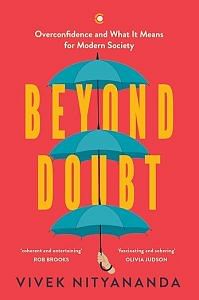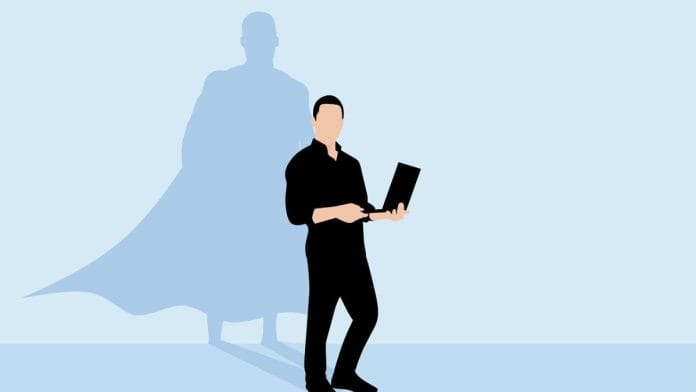The majority of psychological studies have a well-acknowledged and serious limitation. They focus on people from countries that are Western, educated, industrialised, rich and democratic—or to use the tongue-in-cheek acronym—WEIRD countries. In fact, the results often are only based on responses from undergraduates at universities in these countries, a group it’s easier for researchers to recruit from for participation in studies. The unspoken assumption, of course, is that these results are representative of all humans. How representative this population is of humans in general is up for debate. Some researchers argue that people from these countries are actually complete outliers in terms of their psychology.
Could this mean that overconfidence is not something we see in most humans?
Confidence and optimism do seem to vary across the world. A 2016 survey by the polling company YouGov asked people from nineteen countries whether they thought their country was the best in the world. The results don’t fit the pattern of a nationwide better-than-average (or better-than-everyone-else) effect—few countries had greater than 15 per cent of respondents agree with the statement.
The USA and India had the highest percentage agree—with 41 per cent and 36 per cent respectively. On the other hand, a 2018 Ipsos Mori survey of young people across the world found that more than 90 per cent of young people in India, Kenya, China, Mexico and Nigeria were optimistic about their future. In countries in Europe, the numbers weren’t as high, but more than 60 per cent of young people were still optimistic. This kind of optimism turns out to be widespread across the world, with people consistently saying that they will be better off in five years’ time. The gap between these predictions and actual reported well-being is less in richer countries and for older people, but for younger people, the gap persists and is large. The expectation of a better life only reverses after the age of sixty-five.
Is this optimism justified? Let’s consider social mobility. People are far more optimistic than they should be when evaluating social mobility, but this varies around the world. A report from the Brookings Institution ranks the US in the lowest category of social mobility within the countries they looked at. US citizens were nonetheless more optimistic than others about their chances of getting ahead. In contrast, people in the UK, France and Italy actually overestimate the probability of staying poor and underestimate the probability of moving from the poorest fifth of the country to the richest.
In India, the story that Narendra Modi went from selling tea to become prime minister of the country is widespread. It is perhaps not surprising then that India topped a recent survey by the World Economic Forum asking people if it was possible to start life poor but end up rich. India was followed by Saudi Arabia, Pakistan and Egypt in the ranking. Actual social mobility in India—measured in one study as the change in educational attainment from generation to generation—has on average remained low since Independence. There has, however, been an increase in mobility for boys from Scheduled Castes, potentially due to the affirmative action policies of the Indian government. Social mobility in India is still a little lower than even the US.
Also, 66 per cent of Indians believe that most Indians have access to quality education—despite India being amongst the lower-ranked countries internationally in terms of number of schooling years. There is an aspirational aspect to Indian optimism.19 Urban people who self-identify as middle class are 7 per cent more likely than rural people to be optimistic that their children would be better off than they were. This is not true of people who are objectively classified as middle-income. The self-identification is key to the difference, hinting at the importance of aspiration.
This is no small group, comprising 40-60 per cent of all Indians. In India, most people think they are middle class—a sort of better-to-be-average effect. Self-identified middle-class people were also likely to be more optimistic about the Indian economy, and rich people were much more likely to be optimistic. Perhaps both groups expect to benefit from a booming economy and the motivation of possible personal gains is what drives their optimism. This is the sort of individual optimism that helps keep people motivated even when circumstances are dire.
 This excerpt from Vivek Nityananda’s ‘Beyond Doubt: Overconfidence and What It Means for Modern Society’ has been published with permission from Context, a Westland Books imprint.
This excerpt from Vivek Nityananda’s ‘Beyond Doubt: Overconfidence and What It Means for Modern Society’ has been published with permission from Context, a Westland Books imprint.






